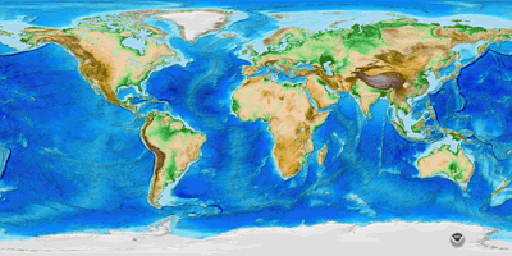
States Malcolm Tunnelīelow is the map of the Highest and Lowest natural elevation in every US county created by Reddit user DarkerThanAzure. This page shows the elevation/altitude information of Texas, USA, including elevation map, topographic map, narometric pressure, longitude and latitude. states Malcolm TunnelĪnd here, the map depicting the lowest point in every state. This tool allows you to look up elevation data by searching address or clicking on a live google map.

The map below shows the highest point in every U.S. Average high-altitude wind speeds exceed 10 m/s. At most places onshore and offshore, the mean wind speed at high-altitude is at least 1 to 2 m/s higher than at 100m altitude. Florida is also the flattest state, with the smallest difference between its highest and lowest points. These maps show that the high-altitude winds over Europe at the best altitude up to 500 meters are much stronger and steadier than at a fixed altitude of about 100 m. The lowest point on land in the United States is Badwater in Death Valley (California) at 282 feet (86 m) below sea level.Ĭolorado, with the highest mean elevation of any state as well as the highest low point, is the “highest state”.įlorida has the lowest high point, and Delaware has the lowest mean elevation.

The highest point in the United States is Denali (Alaska) at 20 320 feet (6 194 m) above sea level. Gridded 3D US elevation from 2 million GNIS elevation points. The map below clearly represents the main landforms of the United States of America. The three primary mountain chains of the United States are the Appalachian Mountains, the Rocky Mountains, and the Sierra Nevada. You can also see real-world cities that correspond with the simulated altitude at various oxygen percentage thresholds.There are 73,318 named mounts in the United States. You can consult with a Hypoxico representative if you have questions about the true altitude you are simulating. This chart will help you find oxygen levels at altitudes you are interested in, starting with the oxygen content of the air at sea level. Our chart will help you find the oxygen levels by elevation for many common altitudes.īelow is an altitude oxygen chart that extrapolates oxygen percentages to real altitude, which you can use in conjunction with Hypoxico systems. 6 - Promener votre souris sur la carte pour afficher l’altitude. 3 - Choisir fonds de carte (exemple carte IGN classique) 4 - Sur la droite cliquer sur la clé (ou clic droit et Adresse/coordonnées du lieu) 5 - Afficher des coordonnées. Again, this desaturation of oxygen from the blood and brain is what kicks on the adaptive response in the body, and by incrementally introducing the stimulus, users at sea-level can arrive at real altitude with little to no ill-effects. 1 - Ouvrir 2 - Choisir sur la gauche : Cartes. By controlling the percentage of oxygen in each breath, users can desaturate in a very controlled and strategic way so they can meet their goals. That is called “normobaric hypoxia,” and it’s been shown to be very effective in mimicking high altitude and eliciting the performance, acclimatization, and general health adaptations inherent to high altitude exposure.

The change in barometric pressure at real altitude is what scientists call “hypobaric hypoxia.” At Hypoxico, instead of changing the barometric pressure of an environment, we decrease the oxygen percentage of the air available to users to simulate high altitude desaturation. To avoid these negative implications of rapid introduction to altitude, we recommend people employ a “pre-acclimatization” strategy at home to prepare their bodies ahead of the altitude exposure. At its extreme, this desaturation of oxygen is what leads people to experience Acute Mountain Sickness (AMS), which is an incredibly dangerous condition. This is why people traveling from sea-level often feel pretty lousy for at least the first week when they arrive at high elevation destinations. The reduction of oxygen availability in the air thus reduces the oxygen saturation in the blood and brains of unacclimatized people introduced to the environment. The result is that oxygen molecules in the air are further apart, reducing the oxygen content of each breath incrementally as one goes up in altitude. At real altitude, the barometric pressure of the atmosphere is significantly less than that of sea-level environments.


 0 kommentar(er)
0 kommentar(er)
